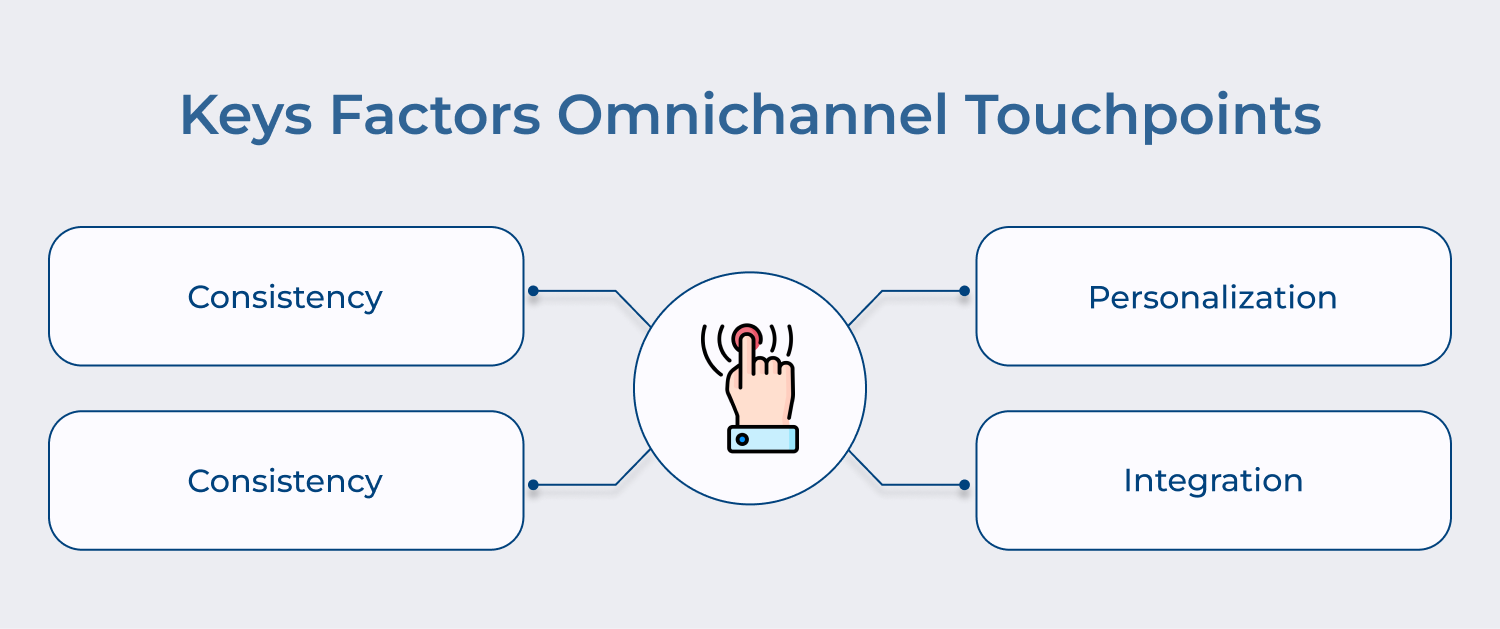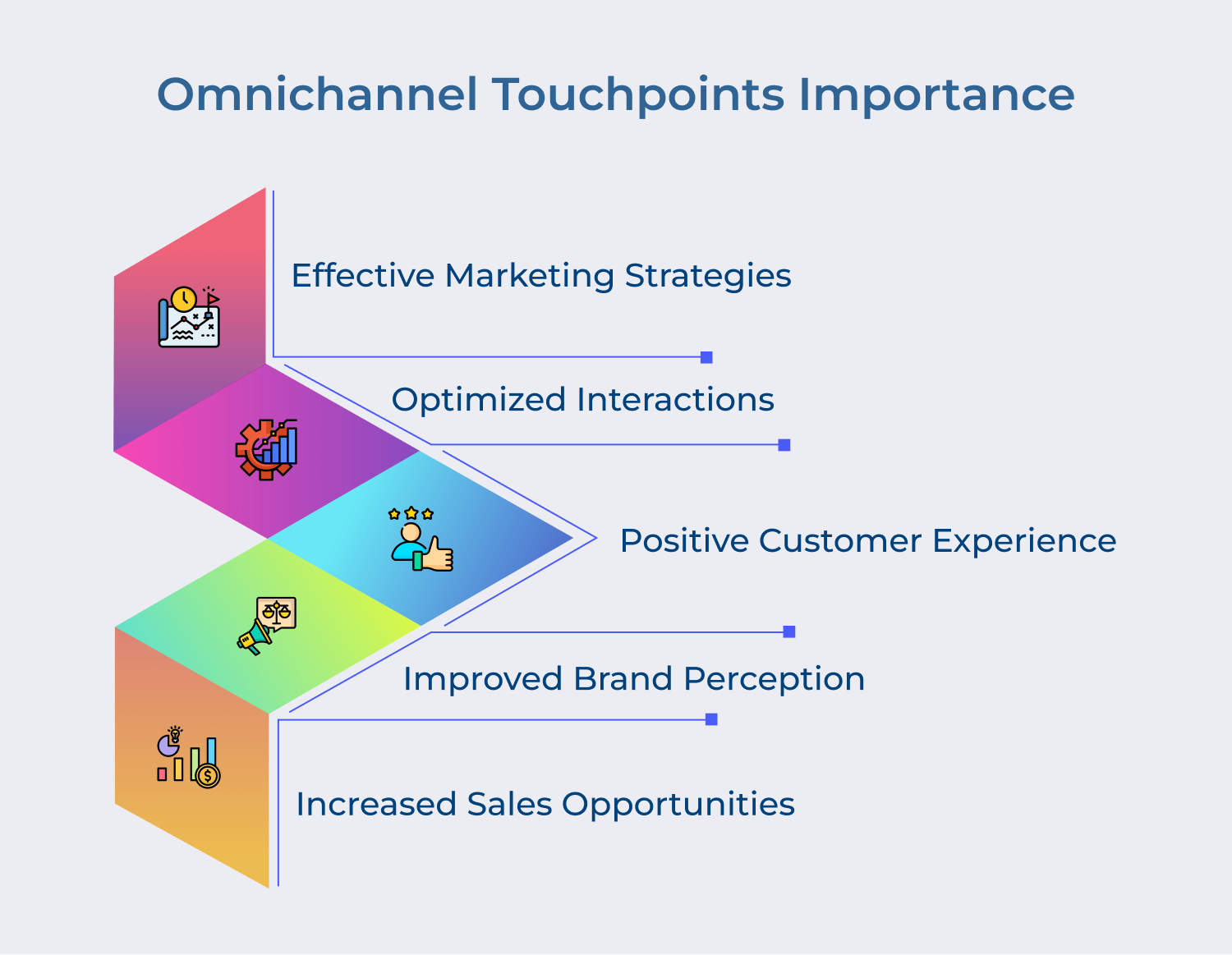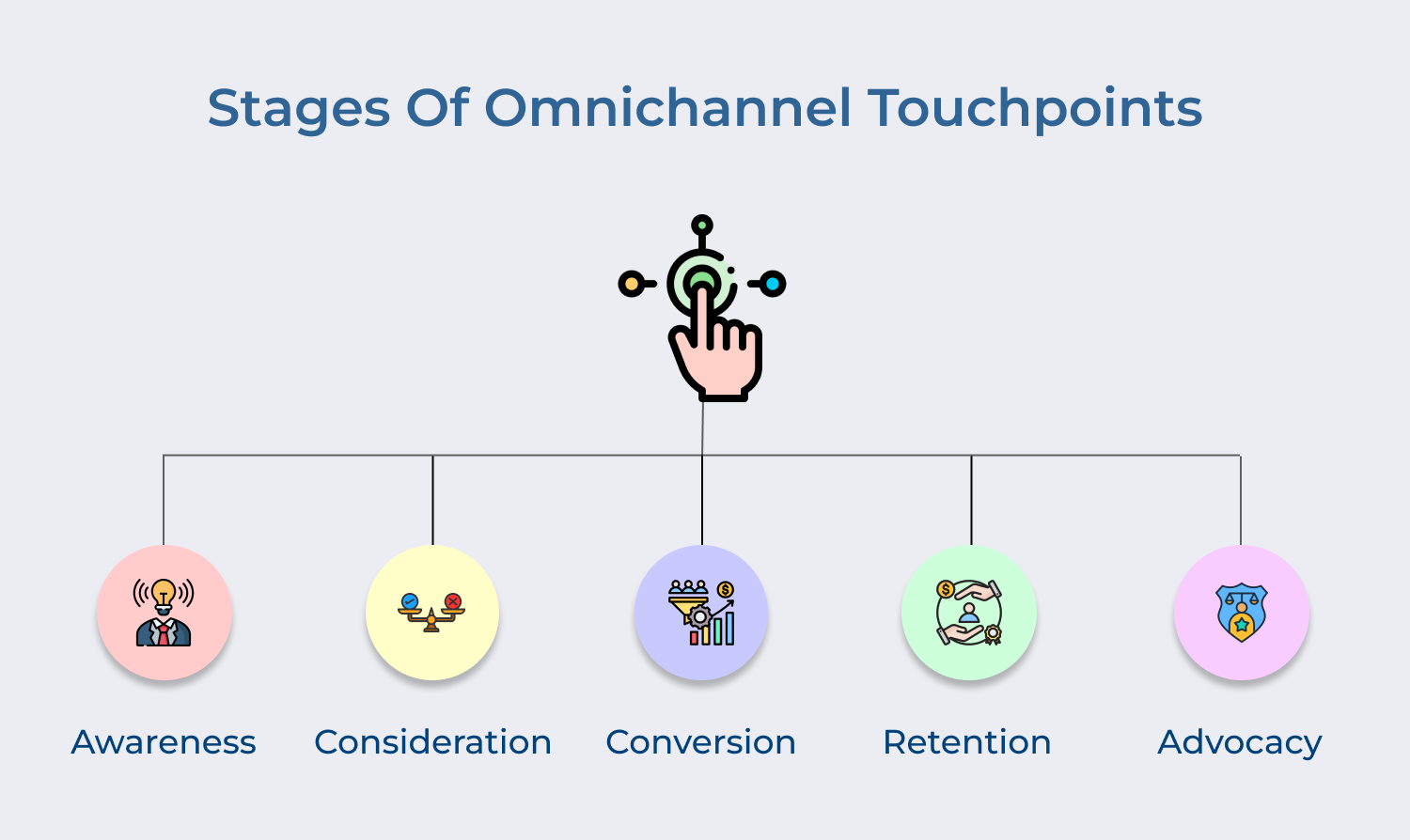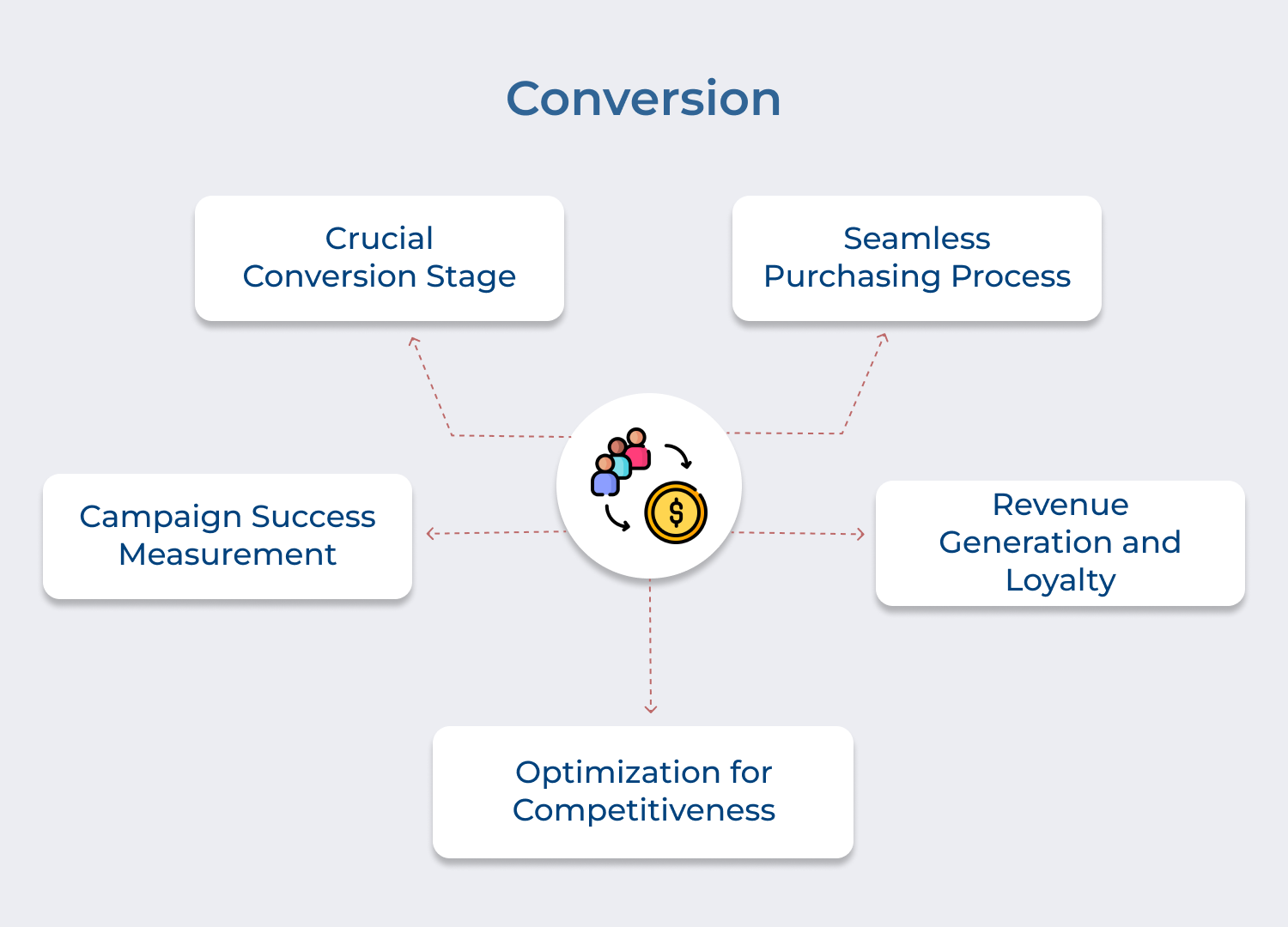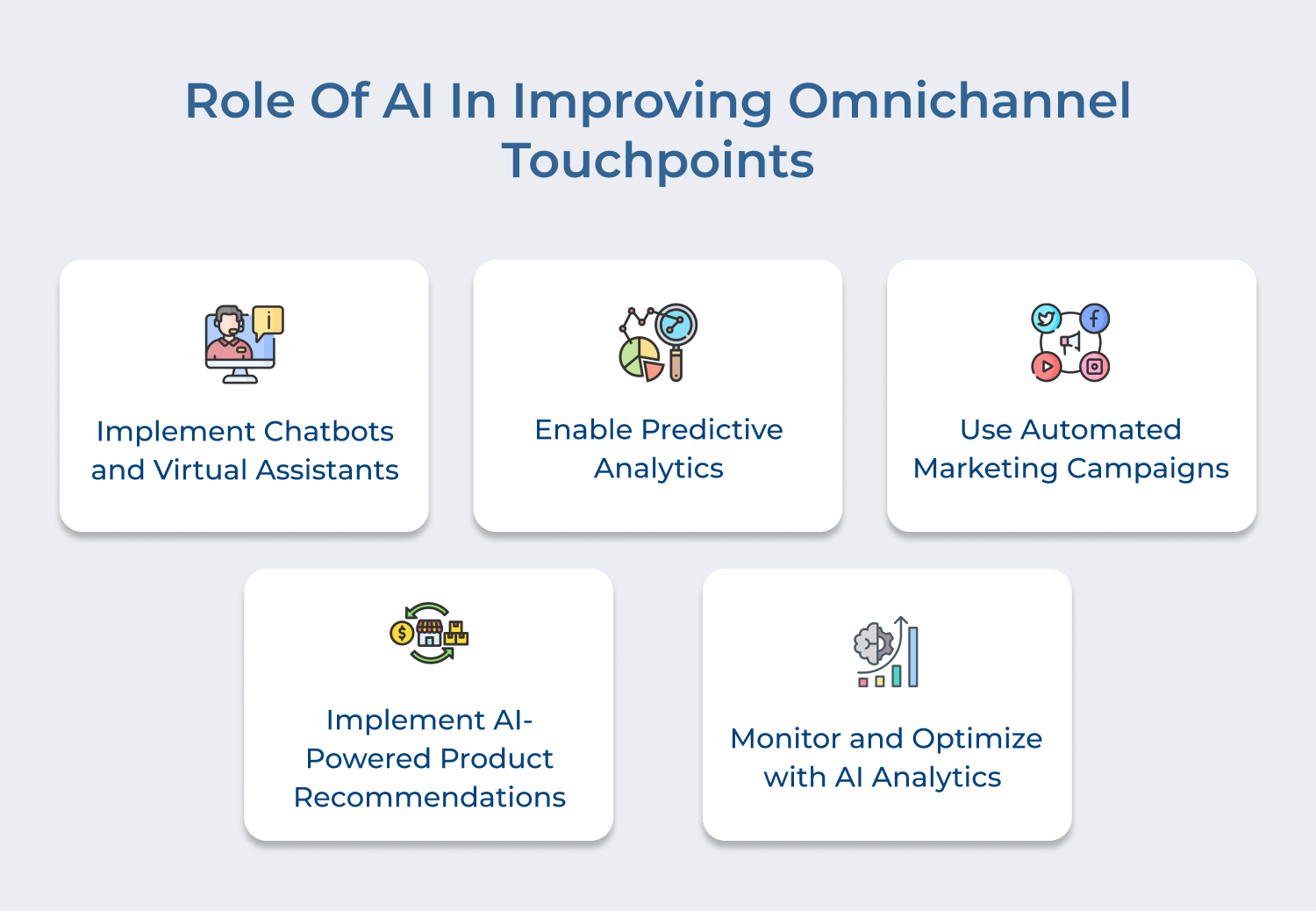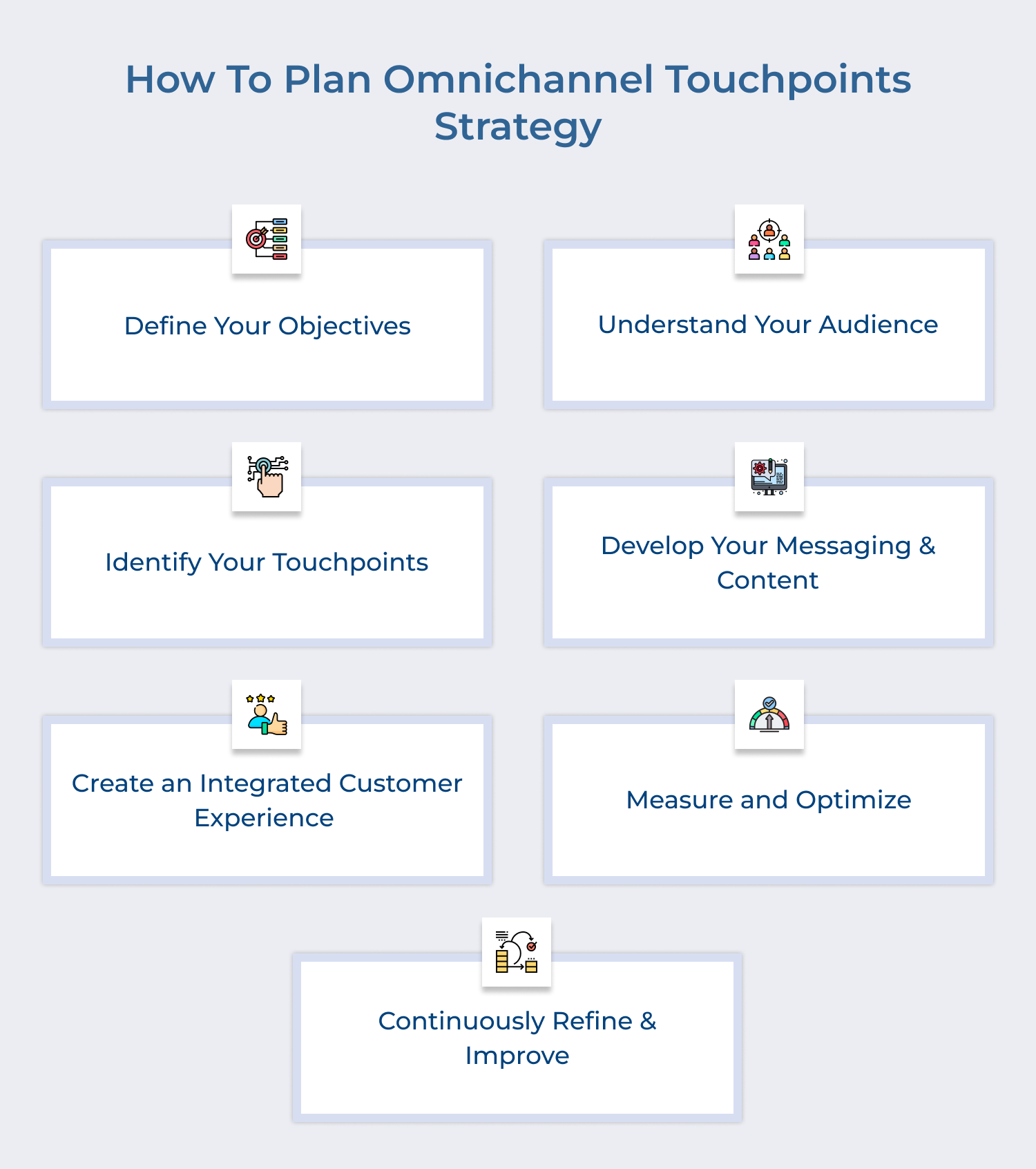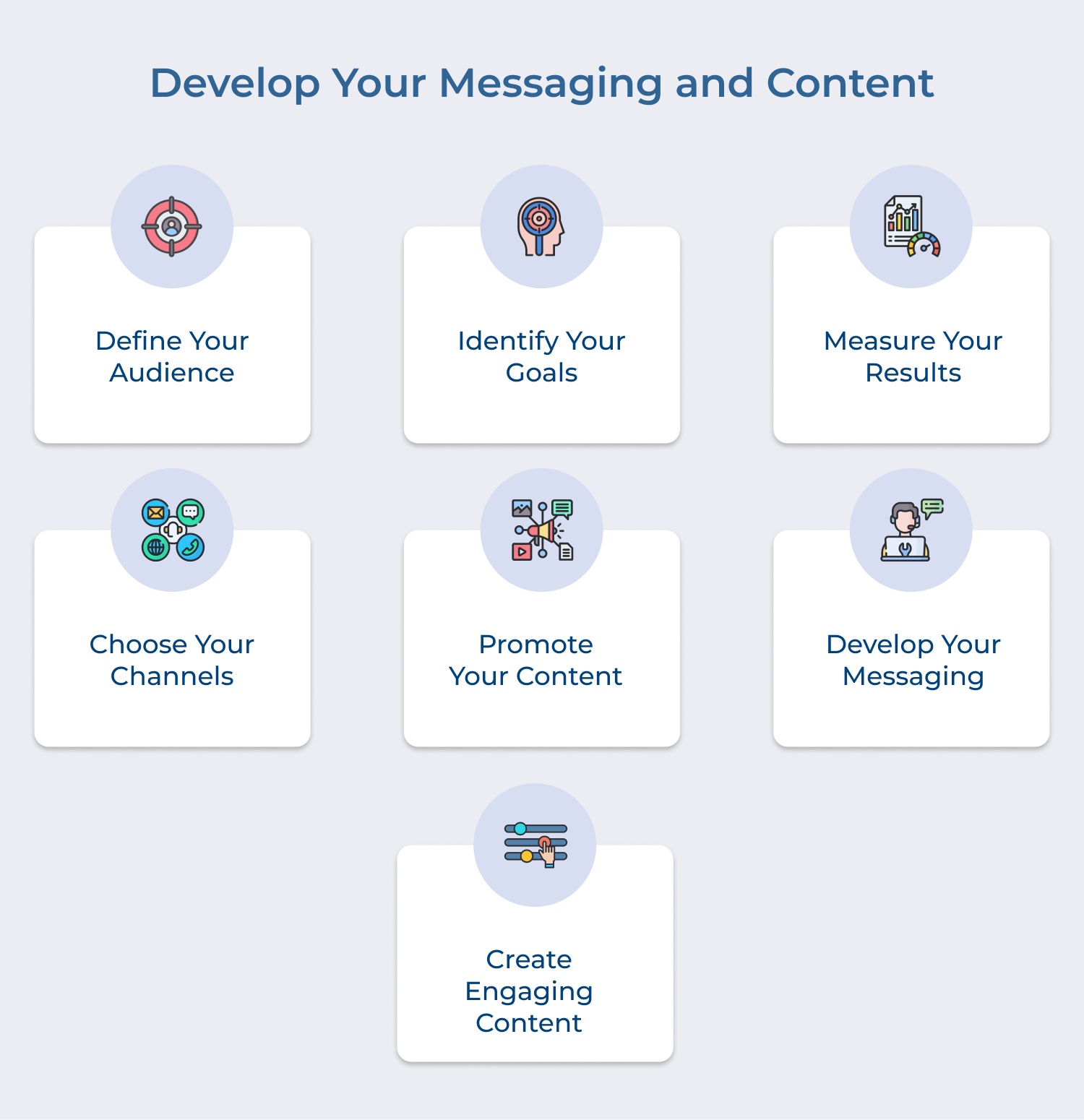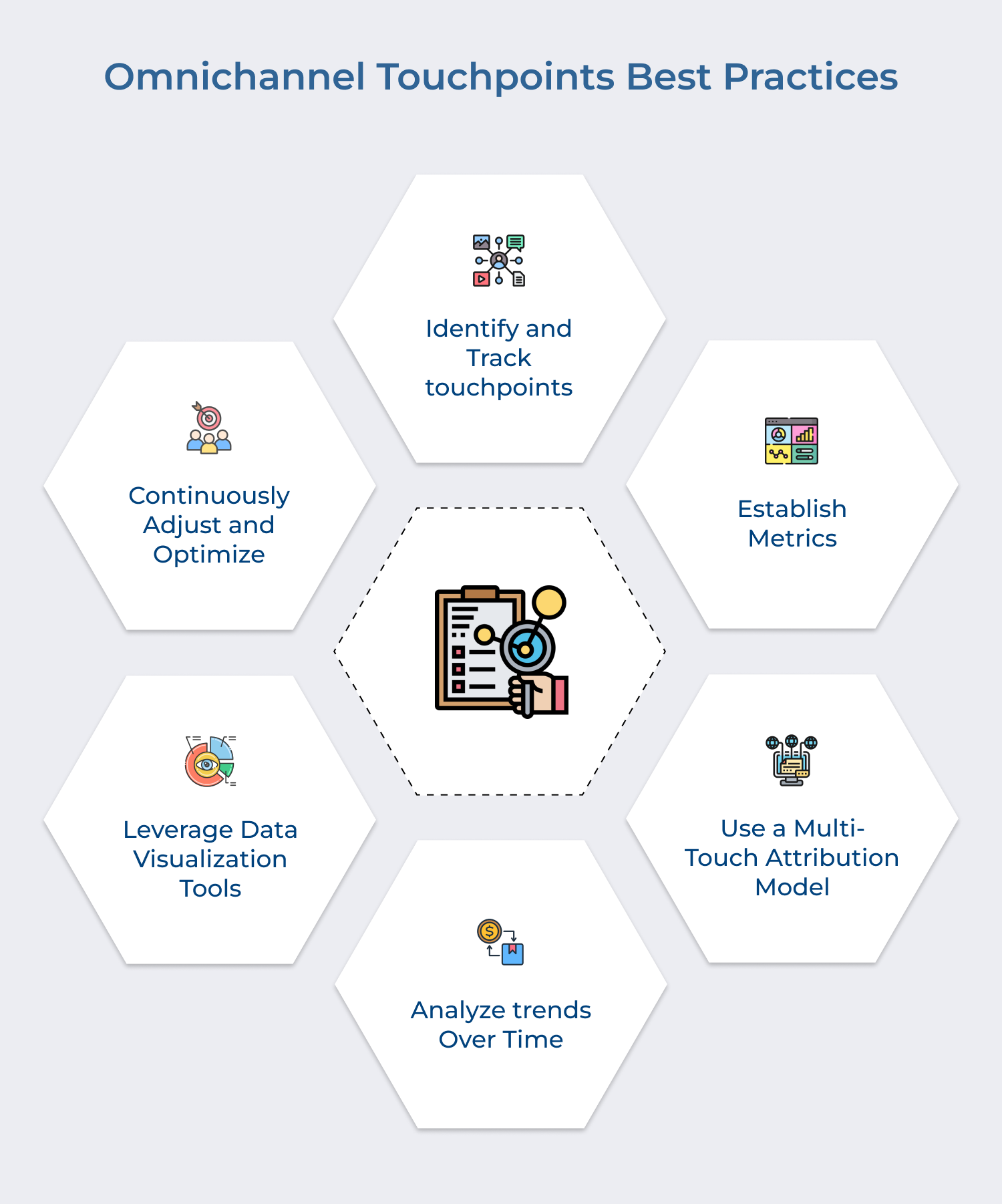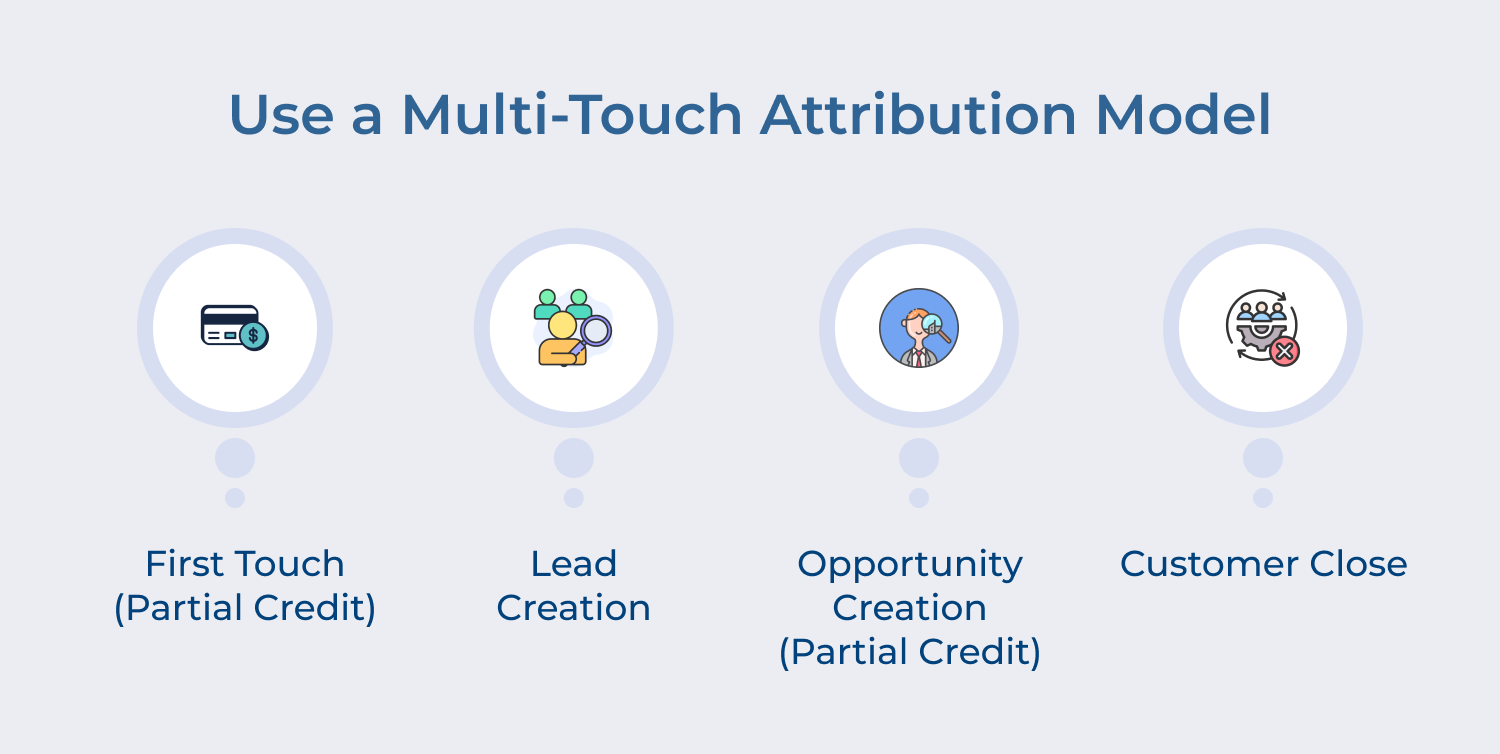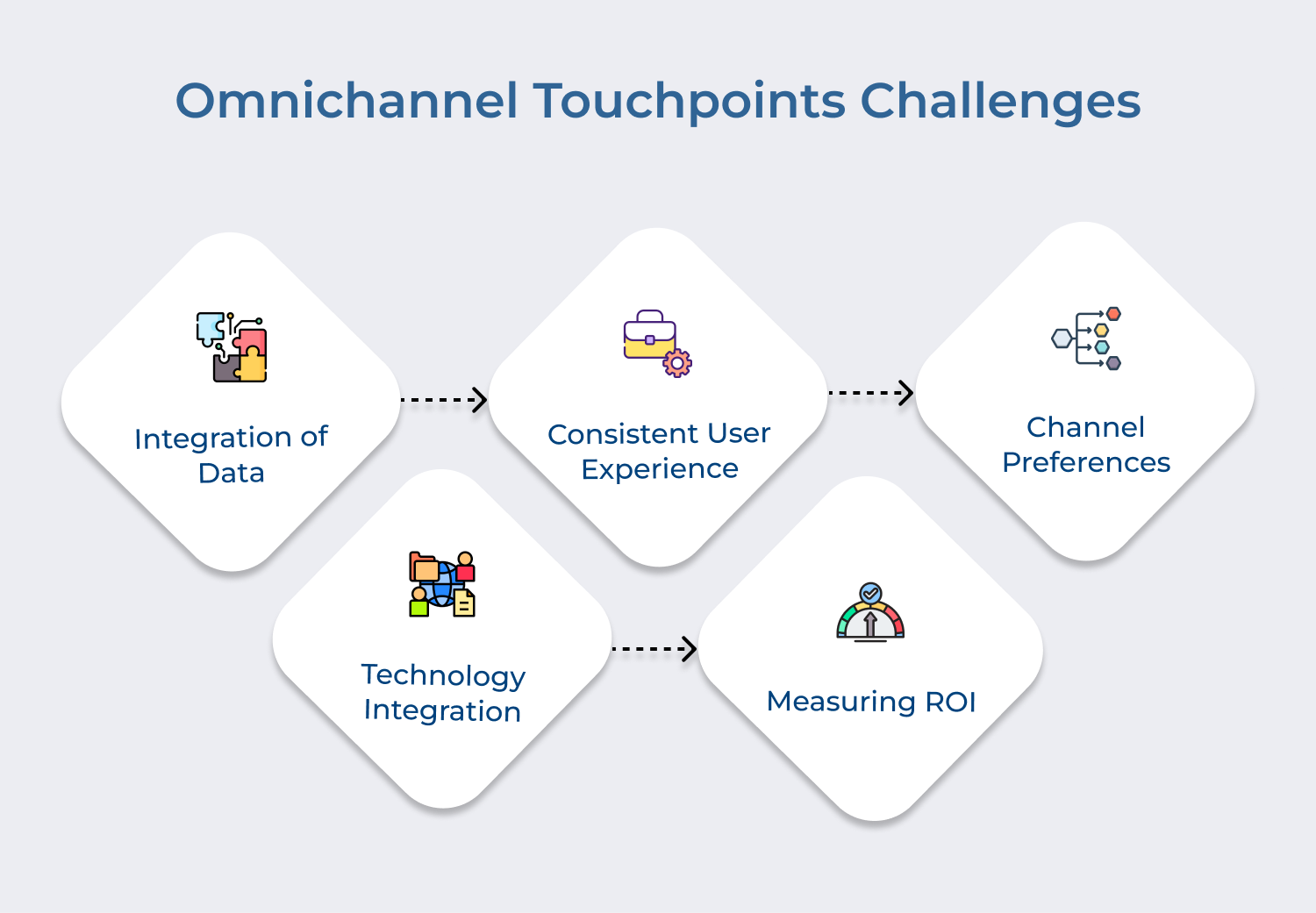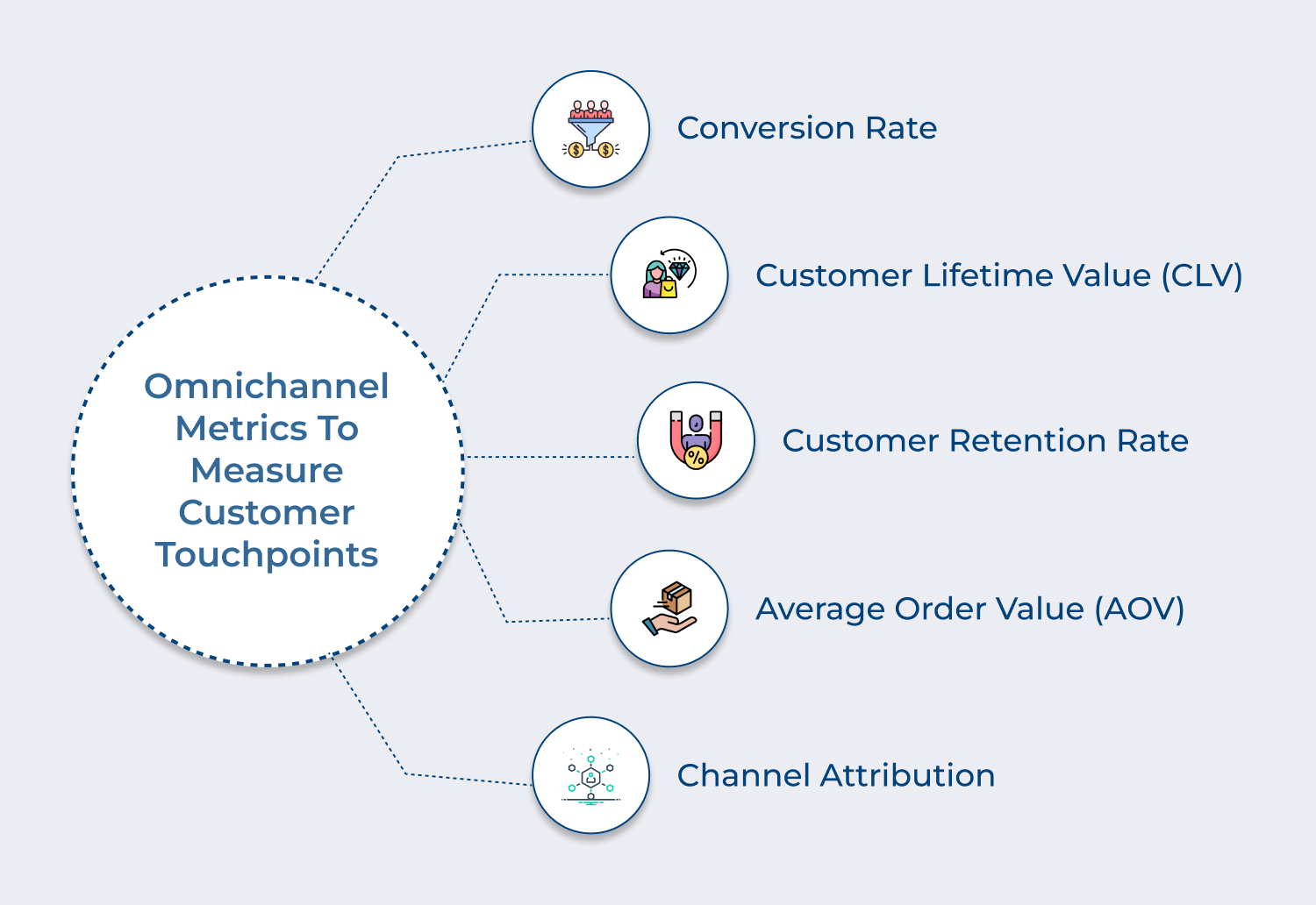Assign varying weights to different touchpoints based on their influence, giving a more accurate representation of their contribution to the customer conversion journey.
Leverage specialized attribution modeling tools that automate the process, making it easier to analyze the impact of each touchpoint in the customer’s decision-making process.
4. Analyze trends over time
Marketers need to analyze trends over time to see changes in touchpoint effectiveness. It can be done by building a dashboard that tracks metrics over time or by using tools like Google Analytics or CRM software to track and analyze touchpoints over time.
Understand the impact of seasonality on touchpoint effectiveness, adjusting strategies to account for variations in customer behavior during different times of the year.
Continuously test variations in touchpoints to identify trends and preferences, allowing marketers to refine their strategies based on real-time insights.
5. Leverage Data Visualization Tools
To better communicate touchpoint effectiveness, marketers should leverage data visualization tools like graphs, charts, and heat maps. Businesses identify patterns, trends, and make it easier to communicate insights to stakeholders.
Create interactive dashboards that allow stakeholders to explore and interact with data, fostering a deeper understanding of touchpoint dynamics.
Enhance data visualizations with storytelling elements to make the insights more compelling and accessible, facilitating better comprehension among diverse stakeholders.
6. Continuously Adjust and Optimize
Based on data analysis and insights, marketers need to continuously adjust as well as optimize touchpoints to improve effectiveness. It involves revising messaging, using different channels, or adjusting ad spend. Marketers can improve the overall customer experience and achieve better results by continuously optimizing touchpoints.
Embrace agile methodologies to quickly respond to changing trends as well as customer preferences, allowing for swift adjustments and optimizations in touchpoint strategies.
Tailor touch points based on individual customer preferences and behaviors, leveraging personalized content as well as experiences to enhance overall effectiveness.
4 Brand Examples of Omnichannel Touchpoints
Here are the key examples of successful brands that have demonstrated how omnichannel marketing can be effectively utilized across various industries to establish themselves as thought leaders.
1. Amazon
Amazon is a prime example of an ecommerce brand that has mastered omnichannel touchpoints. One of its standout touchpoints is the ability for customers to seamlessly switch between devices while shopping. For example, a customer could start browsing products on their phone and later continue their shopping on their computer without losing their cart or search history.
2. Nike
Nike is a retail brand that has taken advantage of omnichannel marketing to create a seamless customer journey. A great example is their Nike Plus membership program, which not only rewards loyal shoppers but also provides customized recommendations based on their purchasing behavior. Members can also use the app to reserve products online and pick them up in-store without waiting in line.
3. Starbucks
Starbucks is a B2C brand that has leveraged omnichannel touchpoints to great effect. It introduced mobile order and pay in its app, allowing customers to pay for their drinks in advance while also picking them up in-store. Starbucks also makes use of social media to engage with customers, providing a personalized experience that extends beyond their physical stores.
4. Salesforce
Salesforce is a B2B brand that has excelled in omnichannel marketing. One of their standout touchpoints is their Trailhead platform, which provides customers with cloud-based learning experiences. The platform allows users to complete training courses on various Salesforce products and is accessible via desktop or mobile devices. Salesforce also makes use of email as well as social media marketing to engage with their customers across multiple touchpoints.
Challenges While Implementing Omnichannel Touchpoints
Implementing omnichannel touchpoints can be challenging for businesses and marketers alike. Here are some challenges and solutions to resolving them:
